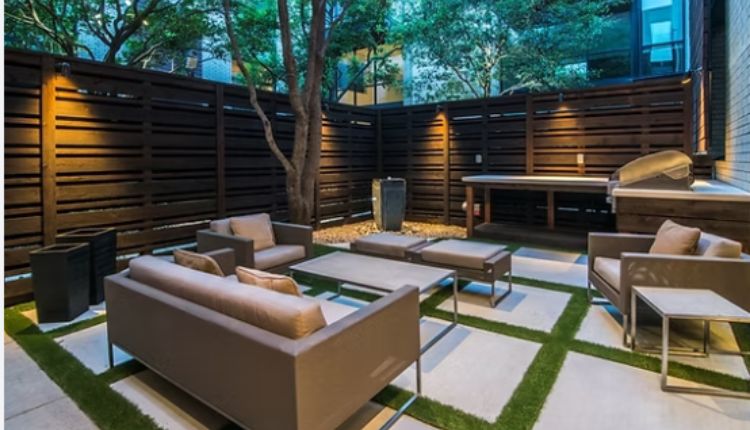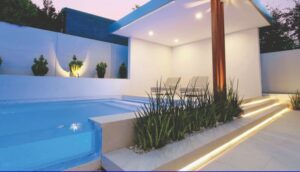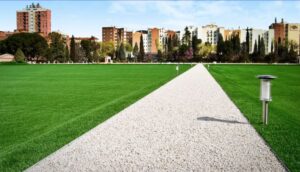
Outdoor
Creating functional outdoor areas isn’t about tossing a few chairs on a patio and calling it done. It’s about transforming open air into usable, well-planned environments that complement both lifestyle and property. Whether it’s a compact city yard or a sprawling suburban lot, every square foot should work with intention. That’s where professional landscape services step in, not just for aesthetics, but to engineer real value and daily usability.
Purpose-Driven Zoning
Before creating functional outdoor areas, start with determining how the space will serve you. Entertain? Unwind? Grow food? All of the above? Landscapers ask the right questions early. They break down goals into specific needs, then map those into zones. A dining area close to the kitchen. A shaded nook for quiet reading. A fire feature to extend the season. Each piece gets positioned where it makes sense, not just where there’s room.
Using Terrain as an Asset
Professionals also think three-dimensionally. Terrain isn’t a limitation, it’s an opportunity. Slopes become tiered gardens. Low spots convert into rain gardens or dry creek beds. Leveling everything isn’t the answer. Elevation changes add texture, flow, and function. Proper grading ensures water moves away from structures and doesn’t pool in places where it shouldn’t. You don’t just get a pretty yard, you get one that works with the land, not against it.
Material Choices That Work
Function meets durability in materials. A good designer won’t slap down whatever’s trending on Pinterest. They’ll consider climate, usage, and maintenance. Composite decking for high-traffic patios, permeable pavers to reduce runoff, native plants that thrive without babying, every choice is strategic. The result? A space that looks sharp without demanding a constant upkeep routine.
Lighting with Purpose
Lighting matters as decoration, and as an infrastructure. It extends usability into evening hours and enhances safety. Low-voltage path lights guide guests. Spotlights on trees or water features create ambiance. Motion sensors add security without making the yard feel like a prison yard. Professionals hardwire these details into the plan from the start, so nothing feels like an afterthought.
Smart Irrigation, Smart Results
Hand-watering is inefficient, and overwatering is a silent killer of healthy landscapes. Smart irrigation systems deliver moisture where and when it’s needed, no more, no less. They respond to weather patterns and soil conditions in real time. With the right setup, your outdoor area stays lush without waste.
Creating Privacy Without Walls
Privacy is another layer of smart outdoor design. Not every solution is a fence. Landscapers use hedges, trellises, or elevation changes to carve out seclusion while maintaining openness. It’s about screening what matters without walling everything off. Comfort and visual appeal in one move. The right design makes privacy feel natural, not forced.
Holistic Integration Is Key
Lastly, integration is everything. Outdoor kitchens, water features, pergolas—these don’t exist in a vacuum. They must tie into the whole. Professionals understand scale and proportion. They balance bold elements with subtle transitions, so your outdoor area feels cohesive, not cluttered.
In the end, creating functional outdoor areas isn’t DIY trial and error. It’s intentional design, that you must plan and use people who understand land, climate, materials, and how humans actually use space. This way you can create an outdoor space that fits your lifestyle, adds long-term value, and feels like a true extension of your home, not just extra square footage.







